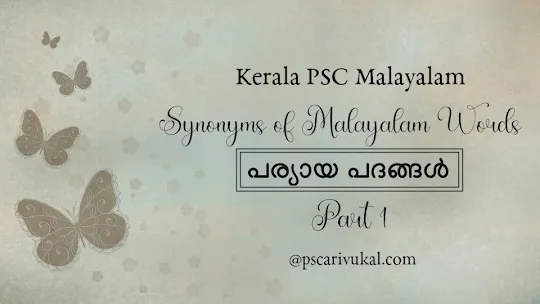The Indus Water Treaty (IWT) is a landmark water-sharing agreement signed between Indian Prime Minister Jawaharlal Nehru and Pakistan President Gen. Ayub Khan on September 19, 1960, with the World Bank acting as the mediator.
It governs the use and management of the waters of the Indus River system, which includes six rivers Indus, Jhelum, Chenab, Ravi, Beas, and Sutlej, that originate mainly in India and flow into Pakistan.
Under the treaty:
- The eastern rivers – Ravi, Beas, and Sutlej – were allocated to India for exclusive use.
- The western rivers – Indus, Jhelum, and Chenab – were allocated primarily to Pakistan, though India was permitted limited uses such as irrigation, hydroelectric generation, and navigation, provided it did not alter the natural flow substantially.
| Eastern Rivers (India) | Western Rivers (Pakistan) |
|---|---|
| Ravi | Indus |
| Beas | Jhelum |
| Sutlej | Chenab |
| Allocated to India | Allocated to Pakistan |
Dispute Resolution Mechanism
Permanent Indus Commission (PIC)
A key feature of the Indus Water Treaty is the establishment of the Permanent Indus Commission, consisting of one commissioner from each country. It was set up by the United Nations.
The Commission's responsibilities include:
- Ensuring implementation of the treaty.
- Exchanging river flow data regularly.
- Conducting inspections and field visits to river projects.
- Resolving technical disputes and facilitating dialogue.
The Commission meets at least once a year, alternating between India and Pakistan, and acts as the first platform for resolving any disagreements related to the treaty.
Its consistent functioning has helped maintain cooperation even during times of political and military conflict between the two nations.
Neutral Expert
Court of Arbitration
Significance of the Treaty
The Indus Water Treaty is one of the most resilient international agreements. It has continued to function effectively despite multiple wars and diplomatic tensions.
For Pakistan, the treaty ensures water security for its agricultural sector, while for India, it offers a framework to harness the eastern rivers and limited rights over the western rivers.
The Treaty remains a cornerstone of peace-building efforts in South Asia, especially in the domain of shared natural resources.
The treaty does not have a clause for unilateral termination by either country. It can only be modified or terminated by a mutually agreed and ratified treaty.
In Summary,
| Aspect | Details |
|---|---|
| Signed on | 19 September 1960 (Karachi) |
| Parties Involved | India, Pakistan (mediated by the World Bank) |
| Rivers Covered | Indus, Jhelum, Chenab, Ravi, Beas, Sutlej |
| River Allocation | - Eastern Rivers (Ravi, Beas, Sutlej): India - Western Rivers (Indus, Jhelum, Chenab): Pakistan |
| India's Rights on Western Rivers | Limited use for irrigation, hydroelectric generation (without affecting flow) |
| Dispute Resolution Mechanism | 1. Bilateral talks (via Permanent Indus Commission) 2. Neutral Expert (World Bank appointed) 3. Arbitration by International Court |
| Permanent Indus Commission | - One commissioner from each country - Annual meetings - Data sharing and inspections - First step for resolving disputes |
| Significance | - One of the most successful water-sharing agreements - Survived wars and tensions - Critical for Pakistan's agriculture and India's eastern river development |







Post a Comment
Post a Comment